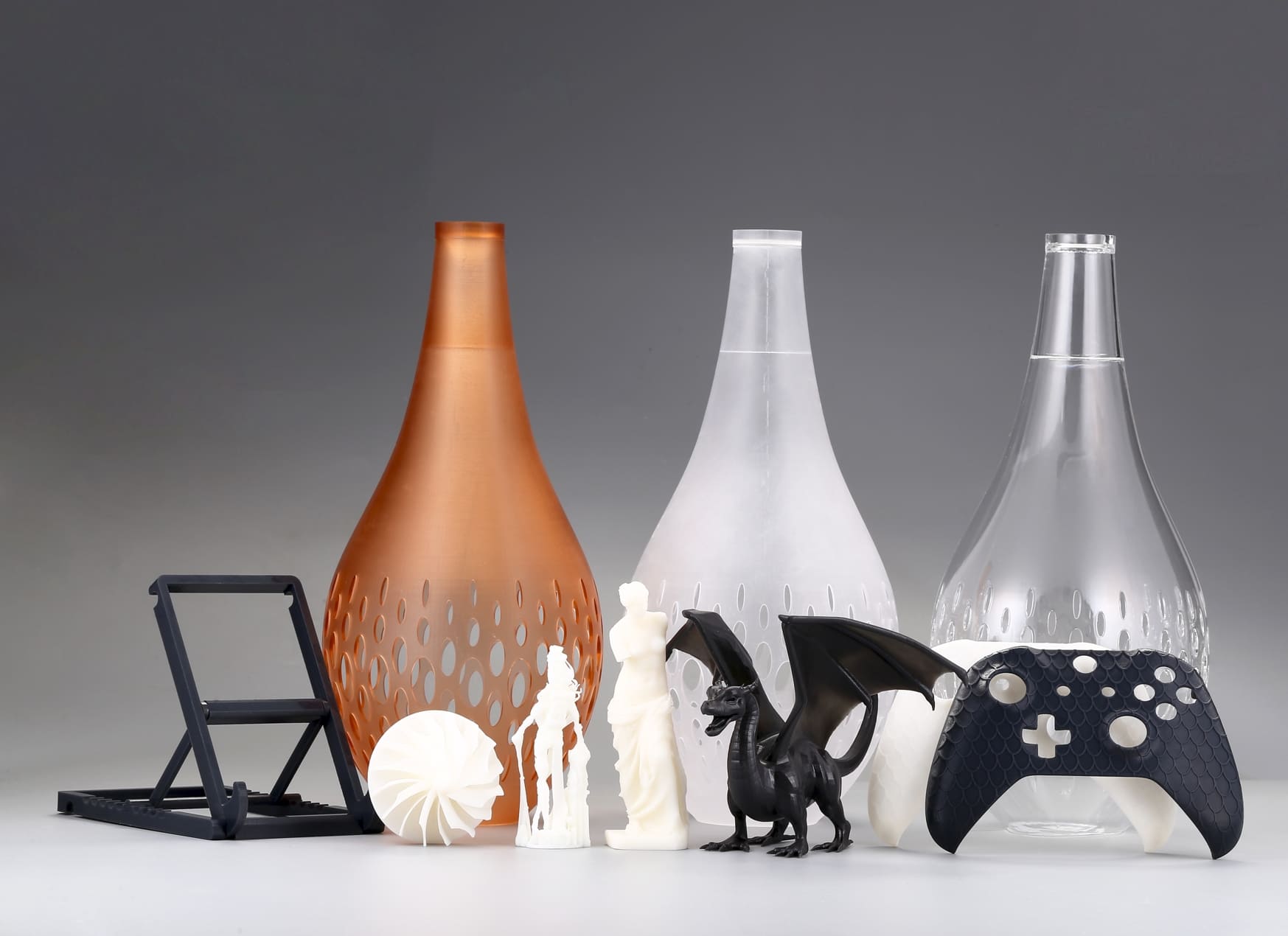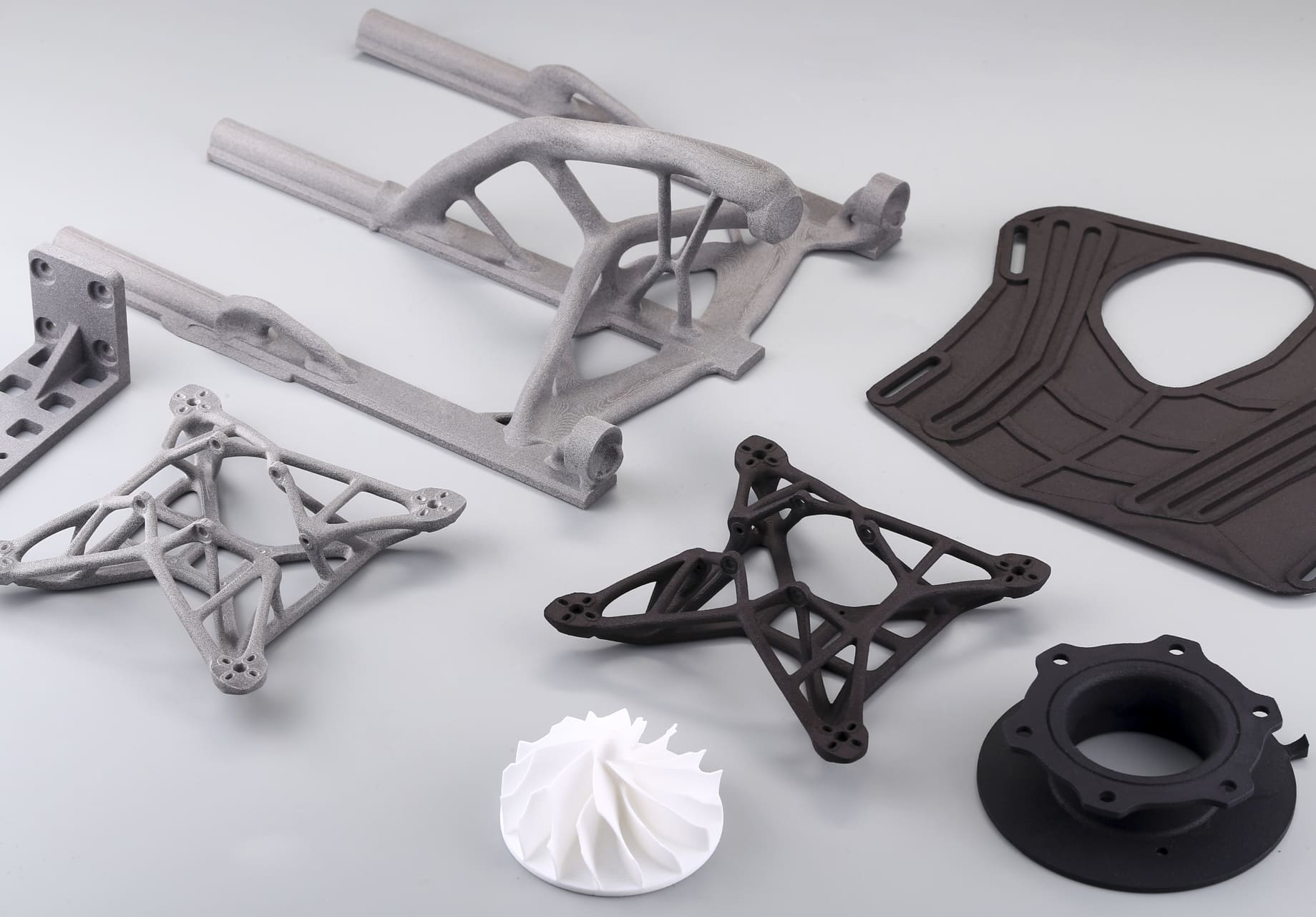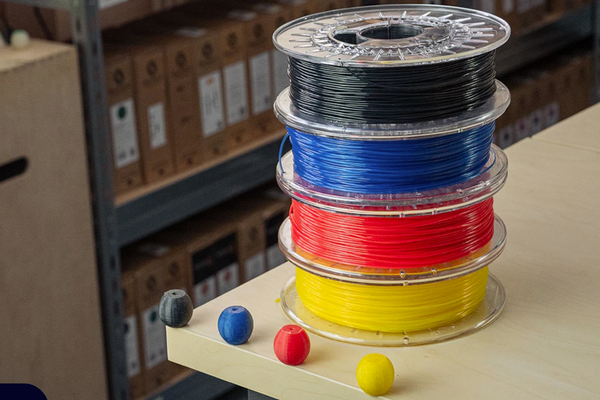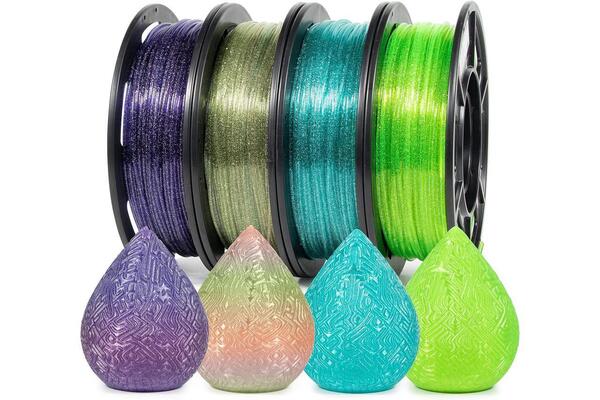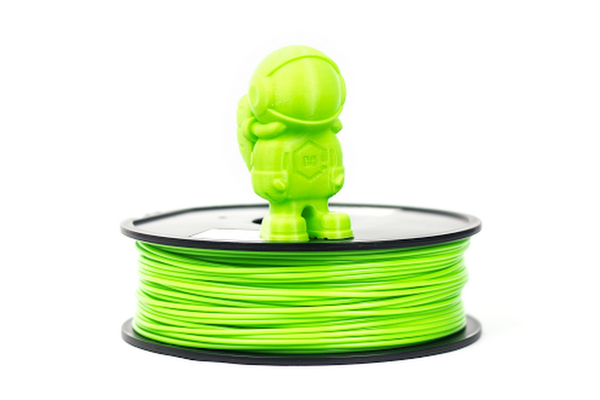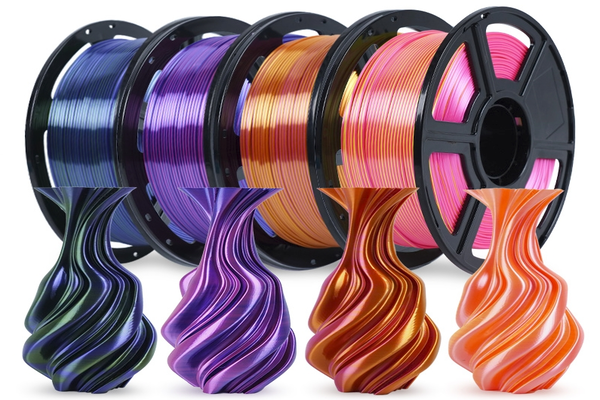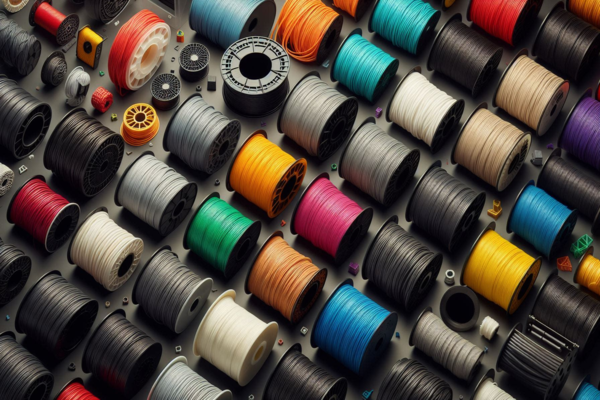Moisture is one of the most overlooked enemies of 3D printing. Many popular filaments like PLA, ABS, PETG, and Nylon are hygroscopic—meaning they absorb moisture from the air over time. Moisture can wreak havoc on your prints, causing popping sounds, weak layers, bubbles, and stringing. If you want consistent print quality, understanding how to dry your 3D printer filaments is critical for your 3D printing projects.
Even if the filament seems fine, moisture can reduce layer adhesion and dimensional accuracy. Dry filament ensures strong, clean, and precise prints.
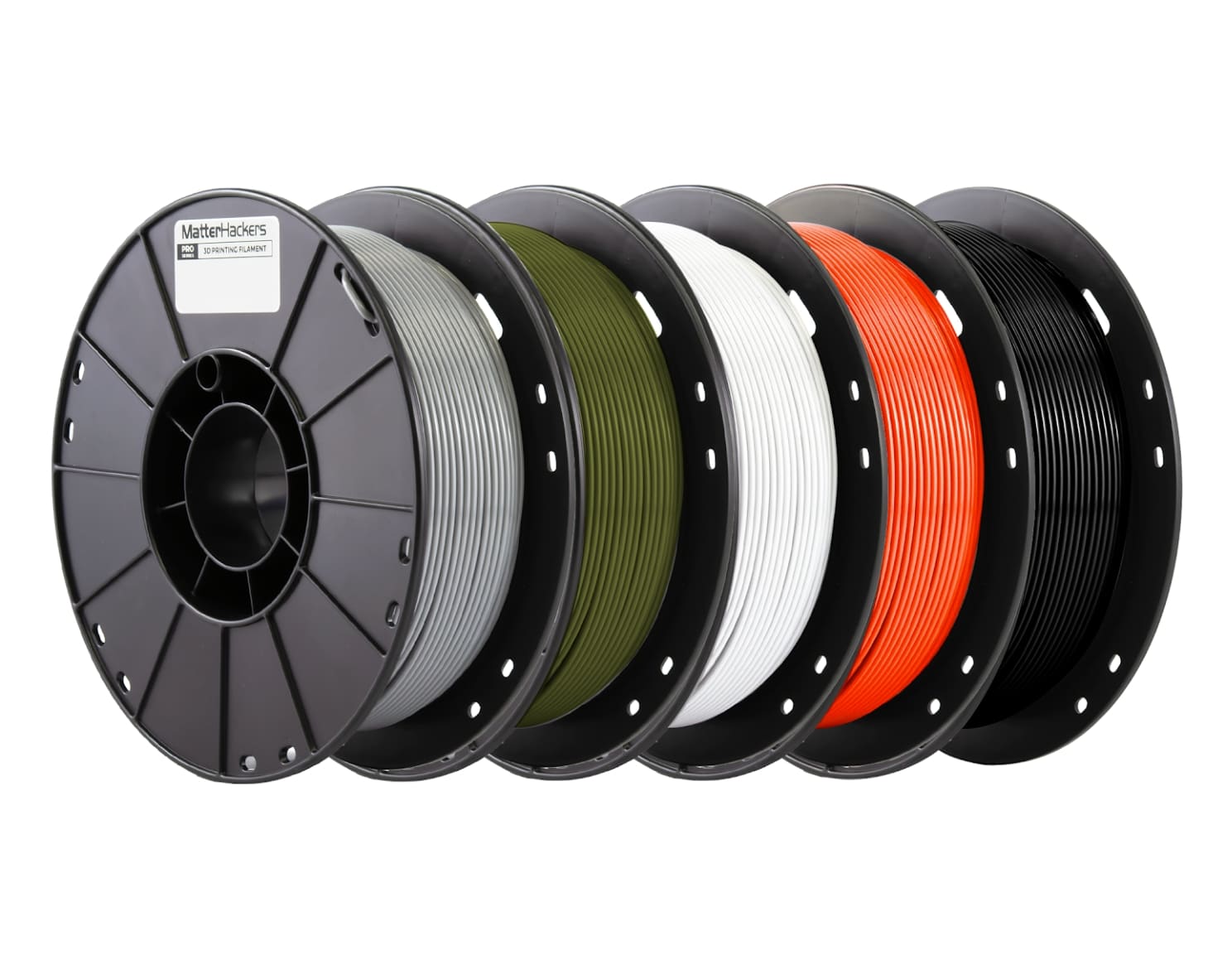
Image Source: MatterHackers
Signs Your Filament Has Absorbed Moisture
If you’re seeing any of these issues, drying your filament is a smart next step:
1. Audible popping or hissing: As water vaporizes in the hot end, it causes noise during extrusion.
2. Stringing or oozing: Wet filament tends to ooze more between travel moves, leaving thin strings behind.
3. Surface defects: Moist filament can produce prints with a rough or inconsistent finish, blobs, or small holes.
4. Brittle filament: Some materials like TPU or Nylon become more fragile when wet, causing breaks during feeding.
5. Loss of adhesion: The first layers may not bond properly, or prints may delaminate easily.
Drying Methods
1. Home Oven
Set your oven to the recommended temperature for the filament you're drying. Use an oven thermometer to confirm accuracy—many ovens fluctuate. Place the filament spool on a baking tray lined with parchment paper. Never leave the filament unattended or set the oven above 90 °C. Avoid using convection or microwaves. (PLA: 40–45°C, ABS: 80°C, Nylon: 70–80°C)
2. Filament Dryer
Dedicated filament dryers like the SUNLU FilaDryer or PrintDry Pro maintain a constant temperature and humidity. These are plug-and-play solutions that often allow simultaneous drying and printing.
3. Food Dehydrator
Food dehydrators are great for drying filaments. Many models allow for precise temperature control and airflow, making them ideal for hobbyists who print frequently.
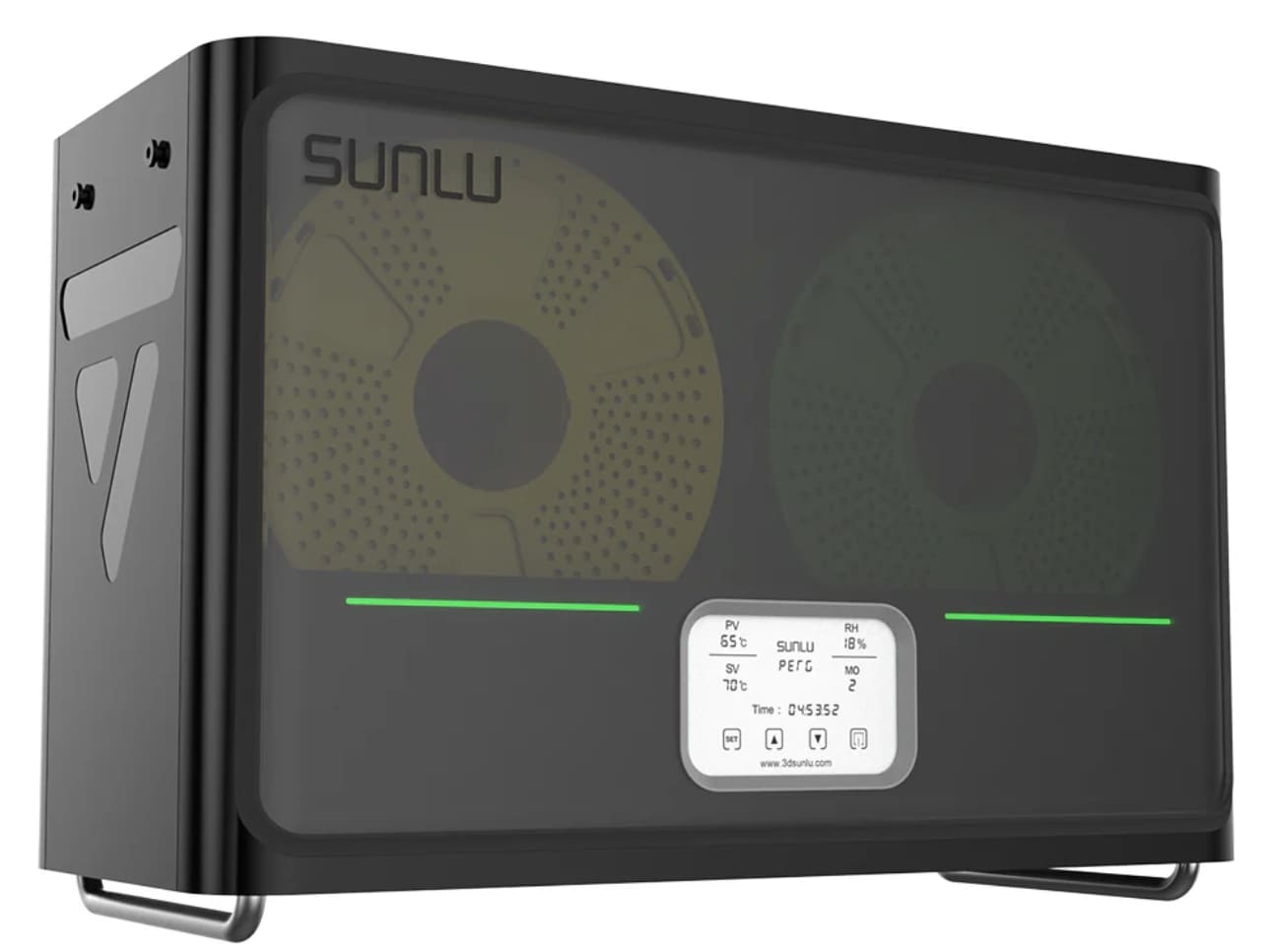
Image Source: SUNLU
How to Dry PLA, ABS, PETG and Nylon Filaments
• Drying temp: 40–50 °C (104–122 °F)
• Drying time: 4–6 hours
• Tips: PLA is mildly hygroscopic. Overheating can deform the spool, so keep temperatures low and controlled.
ABS (Acrylonitrile Butadiene Styrene)
• Drying temp: 70–80 °C (158–176 °F)
• Drying time: 4–6 hours
• Tips: ABS is more heat-tolerant than PLA. Be cautious not to exceed 90 °C to avoid softening the spool.
PETG (Polyethylene Terephthalate Glycol)
• Drying temp: 60–65 °C (140–149 °F)
• Drying time: 4–6 hours
• Tips: PETG is moderately hygroscopic. Ensure even airflow during drying to prevent overheating.
Nylon (Polyamide)
• Drying temp: 70–80 °C (158–176 °F)
• Drying time: 8–12 hours
• Tips: Nylon absorbs moisture very quickly and is the most sensitive filament. Dry thoroughly before every print.
How to Store Filament to Prevent Moisture Reabsorption
Proper storage is just as critical as drying to keep your 3D printer filament moisture-free. Once dried, filaments like PLA, ABS, and Nylon can quickly reabsorb humidity if not stored correctly. Here's how to safeguard your spools:
1. Use Airtight Containers
Choose plastic bins with rubber gaskets or vacuum-sealed bags (e.g., Ziploc Vacuum Storage Bags). Add 10–20 silica gel desiccant packs per container to absorb residual humidity.
2. Invest in Reusable Dry Boxes
Use options like Polymaker PolyBox or Eibos Cyclopes with built-in humidity indicators and airtight seals. Ideal for larger filament collections or frequent use.
3. Extra Precautions for Humid Climates
Store containers in cool, dry areas away from bathrooms, kitchens, or windows. Use rechargeable silica gel canisters with color-changing beads; refresh monthly by baking at 120 °C (248 °F) for 2–3 hours. For long-term storage, vacuum-seal spools using a food saver and include a desiccant pack inside the bag.
4. While Printing
Avoid leaving filament exposed on the printer for long periods. Use a filament dry box with PTFE tube feed for continuous protection while printing.
5. Organize and Rotate Stock
Label containers with purchase or open dates and use older filament first to prevent degradation over time.
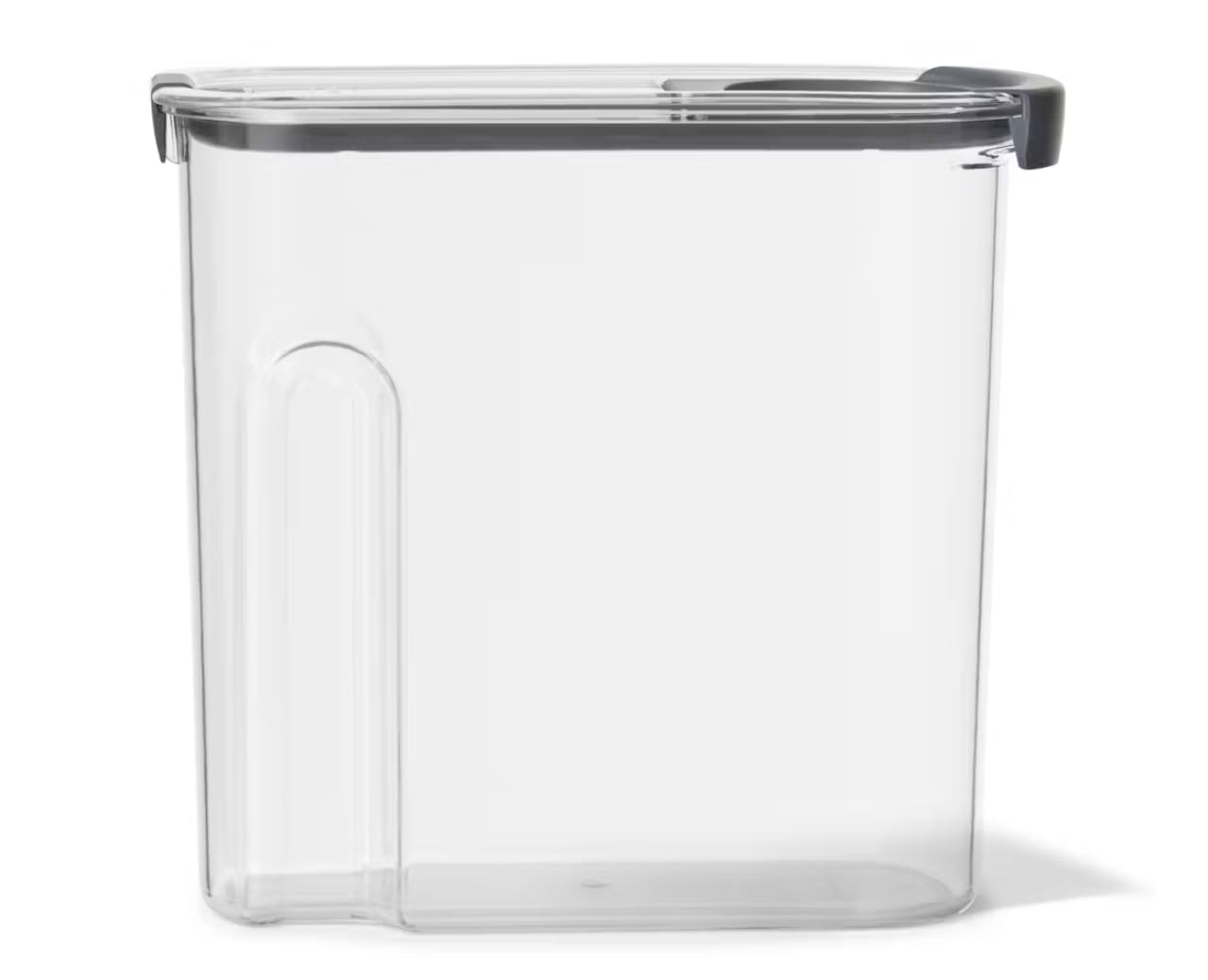
Image Source: Rubbermaid
Safety Tips for Drying Filament
Temperature Control: Never exceed material-specific limits. PLA warps at 45°C+, while ABS tolerates 80°C. Use a dedicated oven thermometer—most oven dials are inaccurate. Avoid microwaves or hairdryers, as uneven heating can melt filaments unevenly.
Fire Safety: Never leave ovens or dryers unattended. If using a DIY setup (e.g., heated bed + cardboard box), keep flammable materials away and monitor closely. Opt for UL-certified filament dryers with auto-shutoff features for peace of mind.
Ventilation: Some materials, like Nylon, release fumes when heated. Dry in a well-ventilated area or near an open window.
Storage During Drying: If using a dryer with a passthrough, ensure the filament path is clear of kinks or snags. For oven-dried spools, let them cool inside the closed oven to prevent sudden temperature shifts that cause brittleness.
Lastly, always unplug devices after drying and store them safely. A small fire extinguisher nearby is a smart precaution for hobbyists drying filaments regularly. Prioritizing safety ensures your 3D printing projects stay efficient and hazard-free.
FAQ
Q: How long should I dry filament?
A: It depends on the material. PLA and PETG take ~4–6 hours, while Nylon can require 8–12+ hours.
Q: Can I dry filament multiple times?
A: Yes. Drying doesn’t harm filament when done correctly. You can dry spools repeatedly.
Q: What’s the best drying temperature?
A: Each filament has a safe range. Always stay below its glass transition point (e.g., PLA below 60 °C).
Q: Do I really need to dry the new filament?
A: Sometimes. Even “new” filament may have absorbed moisture during shipping or storage. When in doubt, dry it before use.
Q: My filament still prints poorly after drying—what now?
A: Try extending the drying time or checking for consistent heat. If issues persist, inspect the hot end or try a different filament.












